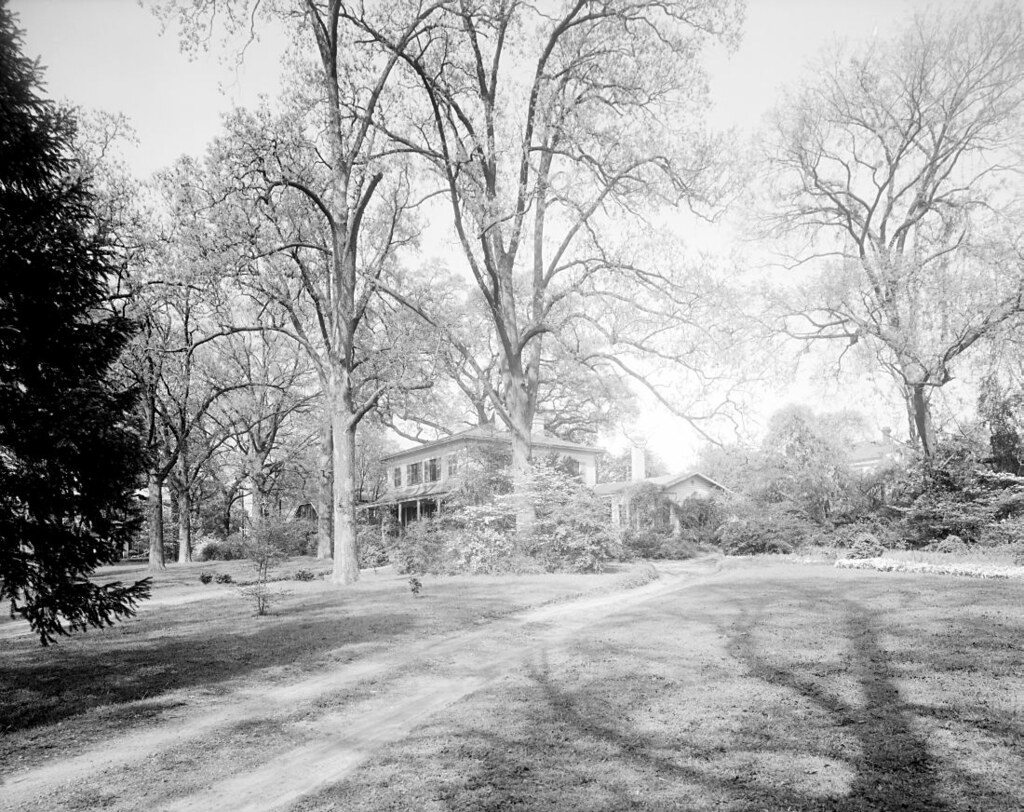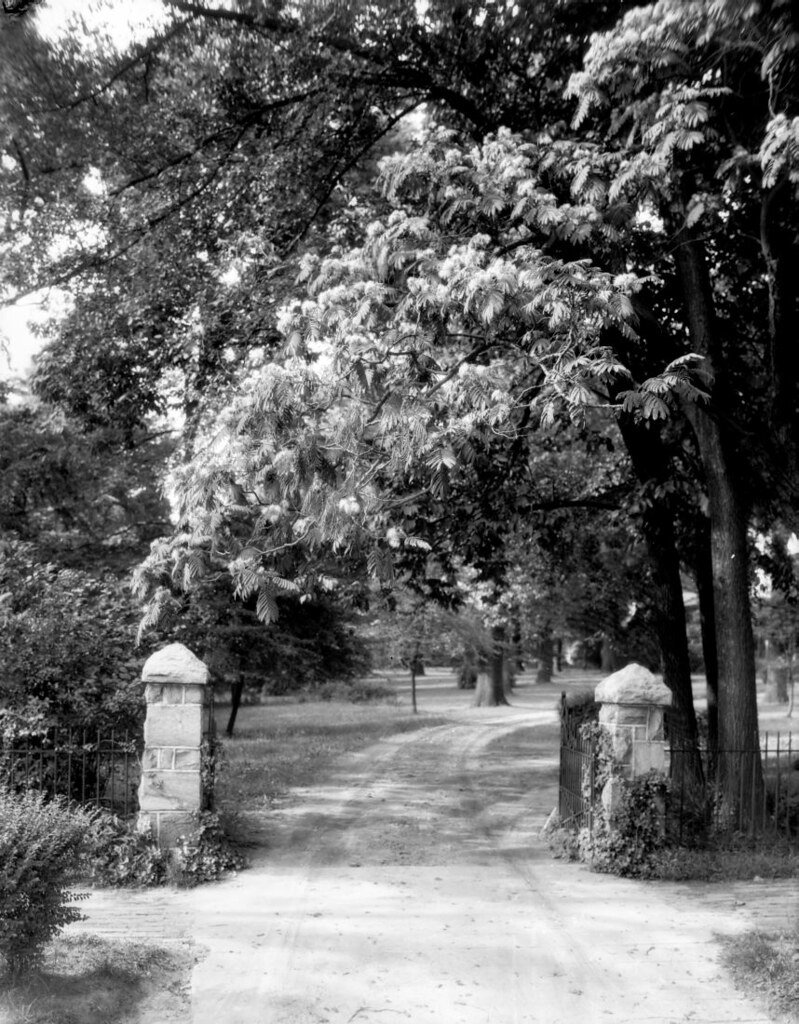Sometimes when I decide to write about a particular topic, in my research I find that one or several other persons have already covered the subject so well that there is not much that I can add to the conversation except curiosity. That is the case here, so bear with me.
A recent conversation with some friends started with cemeteries (because that is where all conversations with me seem to start these days…), settled on black cemeteries and then veered over to the Freedman's villages in Raleigh.
If I asked you to name some Freedman's villages in Raleigh, could you?
Many people could name Oberlin Village. A few others could add Method.
These are only two of thirteen Freedman's villages that sprang up around postbellum Raleigh in the late years of the Civil war and in the years immediately after. Blacks, no longer enslaved and with little to no livelihood, fled to Raleigh (and other large cities across the South) seeking refuge from hostility, jobs and assistance from the US Army and the Freedman's Bureau.
Oberlin and Method remain. Oberlin as a Historic Preservation site and the grounds of Method can still be walked, observed and appreciated dispite the struggle of a loyal few supporter to keep the Method heritage alive.The history and physical evidence of the rest of these villages has been all but erased in the face of progress.
A friend had shared a handout that fueled my curiosity. That handout was from a lecture by Carmen Cauthen, a writer specializing the Raleigh's historically Black communities. I suspect the handout came from the lecture captured on the YouTube link mentioned below. It listed the thirteen villages. The list included:
Lincolnville - destroyed to build the NC A&M College
Brooklyn - near St. Augustine
Method (formerly Masonville) - southwest Raleigh.
Oberlin - now a historic preservation site
Nazareth - the site became the Catholic orphanage and now the new cathedral
Idlewild - split by the building of New Bern Avenue into Idlewild and Cotton Place
Old Fairground - (south of St Augustines)
Hayti - (near Washington School)
Cannon Lands - formerly Robert Cannon estate
Hungry Neck - downhill from the Capitol
St Petersburg - a portion of Govenor Manly's extate
Smith-Haywood - south of Raleigh
Wilmington/Blount - near Oakwood
Manly - on property of Gov. Charles Manly
Carmen Cauthen's lecture on YouTube, "The History of Housing in Raleigh," references the thirteen Freedman's villages with some great maps running from about 8 minutes in until 15 minutes.The video is a much more broad look at housing that is worth watching.
It is very easy to find details about Oberlin and slightly more challenging to find information on Method. The rest are fairly difficult to find anything written, but I did manage to find a few articles which mention Freeman's villages which I will share with you.
These descriptions and approximate locations above were gleaned from a document from the Historic Preservation Office. See "The Evolution of Raleigh's African-American Neighborhoos in the 19th and 20th Centuries," by Richard Mattson for a much more in depth picture of the villages and their place in history.
Lastly, I did manage to find a great post by Heather Leah.
See Heather's post here. You will find location descriptions that are much easier to visualize with landmarks from today.
Update and question --Does anyone know the names and whereabouts of Freedman's Villages in the rest of Wake County? I have located one more through the Wake Cemetery Survey - Shiloh near Morrisville. I am sure there are others. If you can get me started on this search, please send me details of FVs in the more rural parts of Wake County. Credit will be given and the help is much appreciated.
Thank you in advance!















